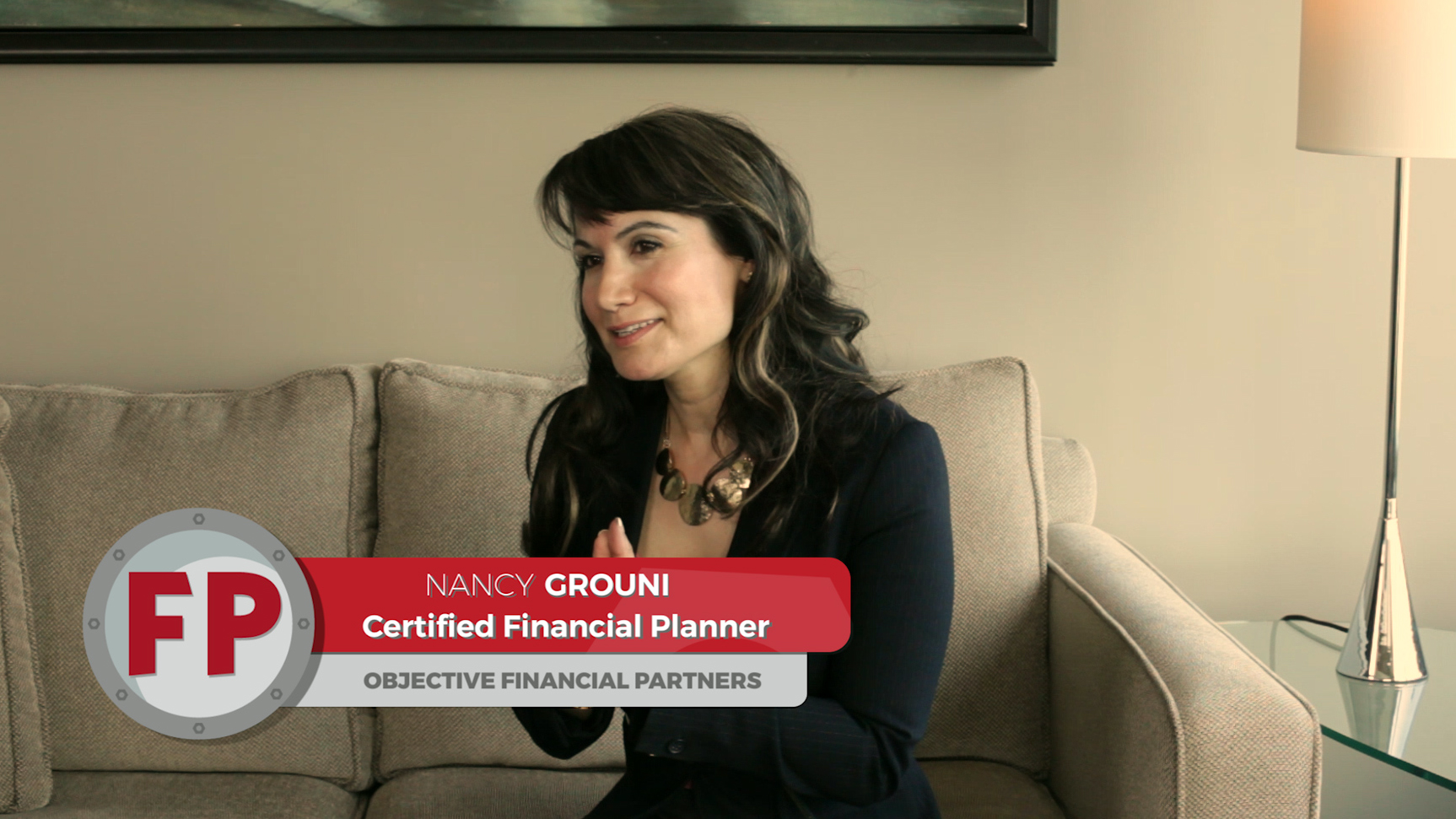Every year, as the RRSP deadline approaches, Canadians rush to make their contributions so they can check “saving for retirement” off their to-do list.
But while RRSPs are a good option for many, they are far from the only retirement saving vehicle available. There are several other strategies that may actually be a lot more helpful, depending on your personal circumstances.
Here is a breakdown of the most common ways Canadians can save for retirement:
RRSPs
Registered Retirement Savings Plans allow you to avoid paying taxes on the money you deposit (and whatever earnings that the money produces) until you make a withdrawal. They’re great if you’re sure you won’t need the money until you retire, when it will be ideally subject to a lower tax bracket, but not as useful if you’re hoping to amass a small fortune, since the most you can put into an RSP is 18 per cent of your employment income – up to a limit. RSPs are kind of like a piggy bank that can hold money, stocks, bonds, guaranteed investment certificates (GICs) and mutual funds. When you get money from your RRSP, however, you have to be careful those withdrawals won’t push your income high enough to make you ineligible for other government benefits, like Old Age Security. At 71, you can no longer contribute to an RSP, but can open a Registered Retirement Income Fund (RRIF).
TFSAs
Tax-free savings accounts allow people to save up to a certain amount each year (usually around $5,500) without paying tax on money earned. The money grows inside the TFSA, another vehicle that can hold most types of investments. The account holder can withdraw money at any time without being taxed – gains are tax-exempt but the contribution is not tax deductible. TFSAs are often a good option for young people or those in a lower tax bracket wishing to get into the investment world. You can start enjoying the compound effect on savings by starting early, and can always be shifted to an RSP later, according to Nancie Taylor, a senior wealth advisor with Meridian Credit Union. When you get older and want to take income from a TFSA, government benefits like Old Age Security won’t be impacted.
Company Pensions
If you’re lucky enough to have a decent company pension, you will continue to receive a portion of your income until retirement – although in most cases you’d still want to top this up with an RSP or TFSA. The most common plans are “defined benefit,” a plan that bases your payments on a clearly defined formula, such as years of service, and “defined contribution,” which involves contributions (by a plan, a sponsor or both) that are part of an investment fund.
Personal Pension Plans
If you work for yourself, you’re unlikely to have a company pension plan, but you can create your own by signing up for a Personal Pension Plan, a registered retirement fund that combines a defined benefit plan, a defined contribution plan and an additional voluntary contribution sub account. This kind of plan gives the member complete control over how much money goes into the plan each year, and contributions can exceed those allowed under RRSP limits. A personal pension plan will also give you more deductions than a regular RRSP, with options like being able to buy back past service, but it only applies to incorporated professionals.
Insurance Products
Insurance is a versatile product that average investors tend to not fully understand, but it’s one that can also help boost your retirement nest egg, especially for those who have topped up their Registered Retirement Savings Plans, Registered Education Savings Plans or their Tax-Free Savings Accounts. If you qualify for whole life or universal life insurance, you can make use of a participating policy to grow money inside that policy tax-free and use that cash to supplement your retirement income through withdrawals or a policy loan. These types of products can also be used to compliment something like a personal pension plan, according Jean-Pierre Laporte, chief executive at Integris Pension Management. “If you are under-writeable … it’s a great way of taking money from one’s business, paying for the premiums with dollars that have only been taxed lightly through the corporate taxation regime (15 per cent tax) and then dumping it into a policy that will either be passed on tax-free to your beneficiaries through that benefit, or can be recouped by setting up a line of credit and using the money inside the policy as collateral for that loan” he said.
Government Benefits
In Canada, the government helps people receive income in retirement through programs like the Canada Pension Plan and Old Age Security. These are more of a starting point than a full retirement plan, since most people will need to supplement them to maintain their standard of living. The CPP is a government-backed pension program that provides an income to retirees, usually starting at age 65, up to a specific limit. The income you receive is based on how much money you put into it over the years (a part of your income is contributed into the CPP by law), with maximum payouts averaging at around $1,000 a month. Old Age Security pays under $600 per month.
GICs
Guaranteed Investment Certificates offer a guaranteed rate of return over a fixed timeframe. They’re meant to be a safe alternative, and only require a minimum investment of $500 to $1,000. But with low risk comes lower returns than what you would get for bonds, stocks and mutual funds. Gains on GICs are also fully taxable, unless you hold that GIC inside an RSP or TFSA account.
Experts will tell you that when it comes to retirement planning, the best thing you can do is to start saving early. That advice isn’t wrong – the earlier you start funneling money away, the more time it has to grow and compound, building an undercurrent of wealth that you can draw upon later.
But it’s also important to know where to save, and to explore all your options – whether that means doing the research yourself, hiring a fee-only advisor who can help you navigate the choices without an agenda, or doing a mix of both.
“Having picked the wrong type of plan (for) your personal circumstances … (can mean) that in one case, you’re shooting yourself in the foot (while) in the other you’re maximizing,” Laporte said.





